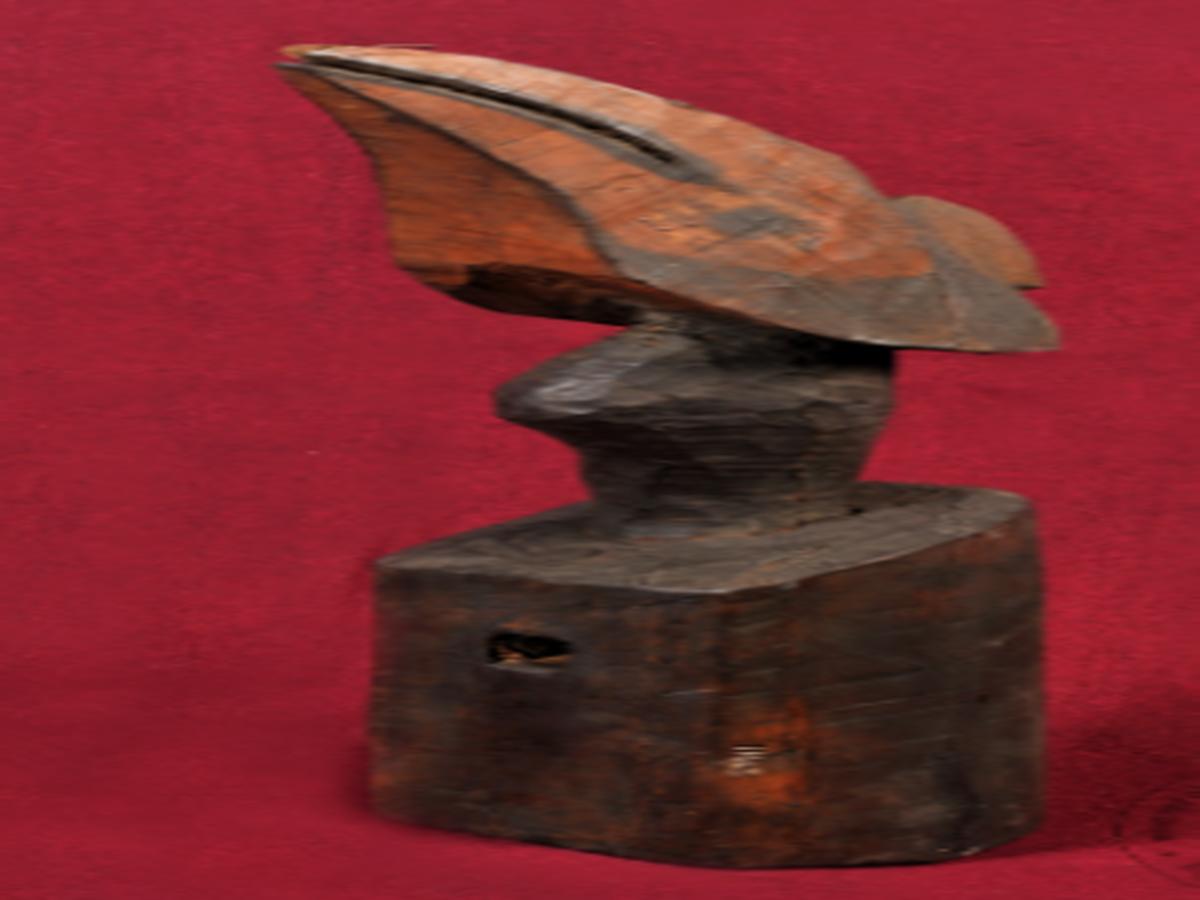State
Tribe Name
Art Type
short description
A wooden hornbill represents the most intricate woodcraft; it shows a hornbill, an important cultural icon for the Ao Naga tribe of Nagaland in Northeast India. The detailed craft embodies an in-depth understanding of the Ao Nagas, whose cultural identity is symbolically represented by the hornbill as strength, prosperity, and honor. The frontal end of this sculpture imitates a hornbill's beak, underlying the artisan's elaborate handling and respect for Nature. The barrel-like body brings weight to an otherwise cylindrical neck and the protruding beak: thus, the figure is animated and balanced. The design appears to suggest a kind of support that raises the beak and neck high, perhaps indicating that it displays deep respect for the bird in tribal folklore
Thumbnail

Filter Postion
Left
Filter Background
Off
Theme
Filter Header Image

content
Image

description
A wooden hornbill represents the most intricate woodcraft; it shows a hornbill, an important cultural icon for the Ao Naga tribe of Nagaland in Northeast India. The detailed craft embodies an in-depth understanding of the Ao Nagas, whose cultural identity is symbolically represented by the hornbill as strength, prosperity, and honor. The frontal end of this sculpture imitates a hornbill's beak, underlying the artisan's elaborate handling and respect for Nature. The barrel-like body brings weight to an otherwise cylindrical neck and the protruding beak: thus, the figure is animated and balanced. The design appears to suggest a kind of support that raises the beak and neck high, perhaps indicating that it displays deep respect for the bird in tribal folklore.
These might also mean warriors in Ao Naga ethno-cultural parlance, which evokes their clan identity, as manifested in headdresses, numerous festivals, and some ceremonial carvings that accompany them. This type of wooden hornbill effigy is mostly used in rituals and within tribal houses, or morungs, for their youths, acting as a guardian of traditions but also reminding them of their ancestral glories. This effigy is one of the prime creations that say much about the woodworking skills of the Ao Naga tribes and their deep and abiding relationship with nature and symbolism. Such creations help keep their heritage alive and pass it down from one generation to another
These might also mean warriors in Ao Naga ethno-cultural parlance, which evokes their clan identity, as manifested in headdresses, numerous festivals, and some ceremonial carvings that accompany them. This type of wooden hornbill effigy is mostly used in rituals and within tribal houses, or morungs, for their youths, acting as a guardian of traditions but also reminding them of their ancestral glories. This effigy is one of the prime creations that say much about the woodworking skills of the Ao Naga tribes and their deep and abiding relationship with nature and symbolism. Such creations help keep their heritage alive and pass it down from one generation to another
Image Mode
landscape
promoted
On
Verified
Off
